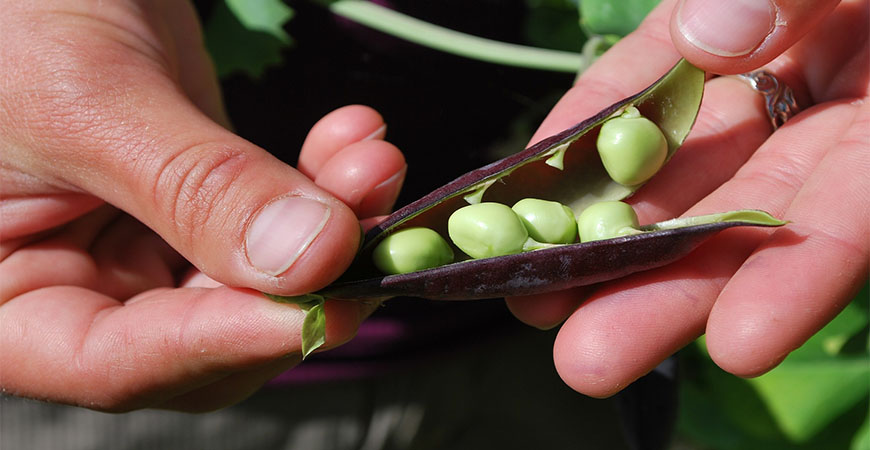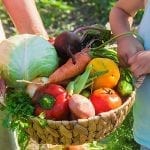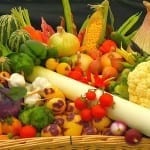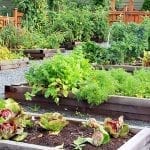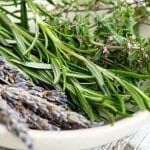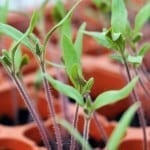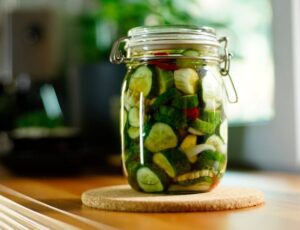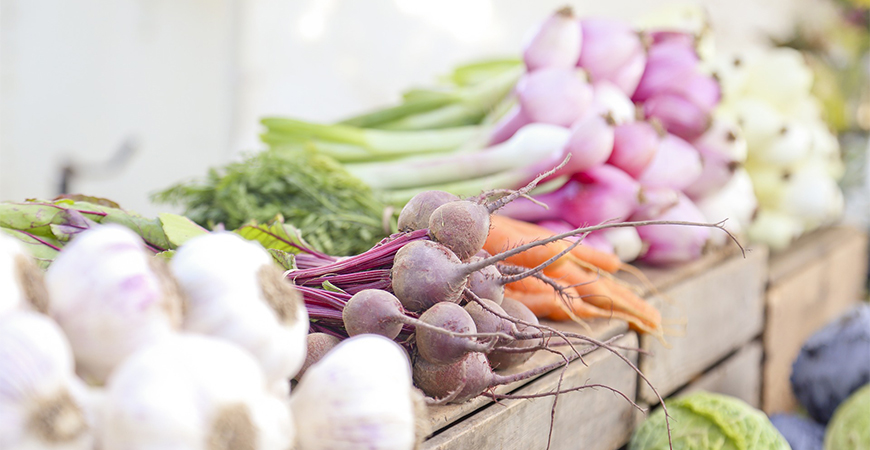
When to Start Seeds for Fall to Enjoy a Late-Season Harvest
By planting new seeds for vegetables at the end of summer, you’ll enjoy a second, late-season organic harvest of vegetables before chilly winds arrive. If you’re wondering when to plant new seeds for fall for a new late-season crop of vegetables, read on.
What vegetable varieties are best for fall harvesting?
Several vegetable seed varieties that grow in spring also produce well in late summer and early fall. Here are a few suggestions for types of organic vegetables you should get a seed packet for this fall:
Beets
When to Plant: Plant beet seeds 10-12 weeks before your first frost date. Each beet seed prefers a garden spot with full sun to part shade.
When to Pick: Pull beets after they have matured from seeds, just after a hard frost. Cut off the tops and store them in a cool place like a basement or shed until it’s time to prepare them.
You can harvest and eat beet greens as the plant grows—the young plants with small leaves 4 to 5 inches long taste the best.
To harvest beet greens, pick a few leaves from each plant. Be sure to leave a few leaves on each of the plants so they will continue to thrive.
Cold Hardiness: Beets are hardy. They can withstand a light frost and, in some southern zones, can survive winter temperature under a row cover or a thick layer of mulch.
Broccoli
When to Plant: Start broccoli indoors in a greenhouse or sunny window 85 to 100 days before your first frost date—transplant 3-week-old seedlings in the garden where they will receive plenty of light.
When to Pick: Pick broccoli heads when the buds begin to swell, but before the yellow buds appear—harvest broccoli by cutting the stalk at an angle, approximately 5 to 8 inches below the head.
For the best flavor, pick broccoli in the morning before outdoor temperatures rise.
Cold Hardiness: Broccoli can tolerate cold weather. In some planting zones, it can survive hard frosts.
Broccoli thrives when temperatures are mild – below 70°F. It loves moisture, so provide your plants with a steady water supply for the best results.
Peas
When to Plant: Plant pea seeds 70 to 90 days before the first frost. Peas prefer full sun to part shade location.
Be sure to water plants and provide afternoon shade on hot autumn days.
When to Pick: Peas are ready to harvest approximately 3 weeks after the flowers appear. Harvest peas daily to encourage new growth.
Pinch the pod from the vine with your fingers, or snip them above the pod with a pair of gardening scissors.
If you’re picking snap, English, or garden peas, pick them when the pods are bright green and plump. For snow peas, pick when the pods are mature but before the pea seeds start to grow.
Cold Hardiness: Peas are a half-hardy vegetable. Although mature pea plants can tolerate a light frost, a hard freeze will damage them.
Arugula
When to Plant: Plant arugula seeds approximately a month before the first frost. Arugula seeds thrive in full sun to a part shade location.
This tender annual can be planted every 2 weeks for a continual harvest. Arugula seeds germinate quickly and grow rapidly – even in wet, chilly soil.
When to Pick: You can start harvesting the tender leaves after just three weeks. Pick just the outer leaves so the plant will continue to grow and provide a larger harvest.
Arugula plants are ready to be picked 30 to 40 days after planting.
Cold Hardiness: Arugula is a tender annual that doesn’t like the heat or hard frosts. Planting arugula under a row cover can help extend the growing season.
The plant can usually survive cold temperatures in zone 7 if planted under a thick layer of mulch or a row cover.
Collards
When to Plant: Plant collard seeds 6 to 8 weeks before your first frost date. Collards prefer a minimum of 4 hours of sun per day so plant them in a location that receives full sun to part shade.
Collard seeds thrive while growing in rich, amended soil and with routine feeding throughout the fall growing season.
When to Pick: Collard greens are ready to pick within 85 to 95 days from grown from seed. Collard leaves taste best when picked in cool weather or after the first frost because cool temperatures cause carbohydrates to turn to sugar.
Cold Hardiness: Collards are a cold-hardy vegetable. You can usually grow a collard seed any time of year in planting zones 8 to 10. The leaf flavor will improve after a first frost.
Spinach
When to Plant: Sow organic spinach seeds 4 to 8 weeks before your first hard frost. Most spinach varieties mature in 35 to 45 days.
Spinach seeds thrive in full sun to part shade spot in the garden.
When to Pick: When the leaves reach approximately 6 inches long, they are ready to be picked. Harvest leaves when the plant has five or six leaves per plant.
Smaller leaves will taste sweeter and be tender. Remove and toss leaves that have turned yellow.
Pick just a few of the outer leaves to enjoy a second harvest. But leave several on the plant for continuous growth.
Cold Hardiness: Spinach is considered a hardy vegetable plant. Mature plants can usually stand up to freezing fall temperatures.
A spinach seed will grow best in cooler growing zones or protected in a cold frame or row cover.
Additional types of organic greens that grow well from a seed in fall include:
- Kale
- Lettuce
- Mesclun
- Mustard greens
- Parsley
- Swiss chard
When should I plant organic vegetables for a fall harvest?
Home repair expert, Bob Vila, says, “The key to planning a successful autumn vegetable garden is figuring out when to get your seeds in the ground.”
Begin by estimating when the first frost date will be in your region. Then, “count back the number of days it will take your selected vegetable varieties to reach maturity.” After you figured out the date, plant a week or two before that to, “hedge against an early frost.”
You’ll find various vegetables that thrive while growing in the short ‘window’ of the fall gardening season. So be prepared to plant each seed as that window approaches.
Let us know what your favorite vegetables or plants are to grow in the fall in the comments below!



